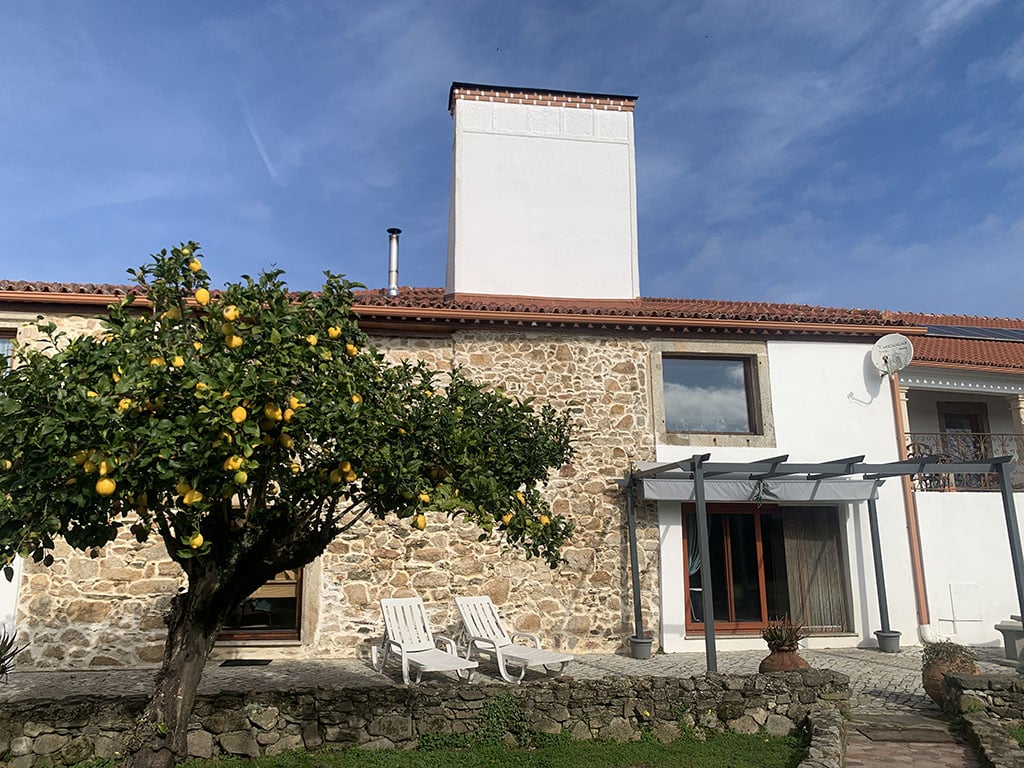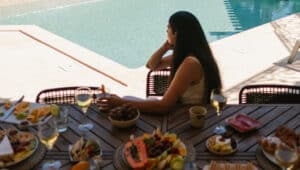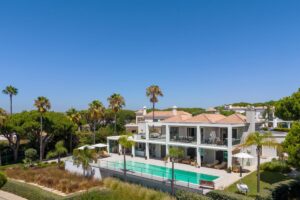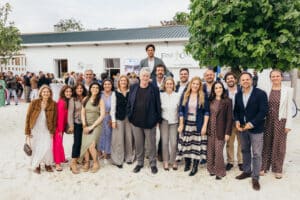Many of us dream of living in a historic property, marinated by hundreds of years of history; somewhere to relax, to entertain, to have friends stay over, to enjoy while modestly claiming to being ‘merely the custodian’.
Achingly expensive in northern Europe, the southern states have many such gems with many still occupied by the current generation of family owners, much like the stately homes of Britain whose gentry face the eternal struggle of funding maintenance and staff costs, often having to open to the public to stay afloat.
Portugal certainly has its share of city-centre palaces and imposing countryside mansions that once ruled vast estates, all funded by trade during Portugal’s Golden Age when a tsunami of money gushed into the country. Many properties remain original and in sound condition, others have been remodelled into hotels, head offices or apartments as family finances ebb rather than flow.
Dominating one of the oldest streets in the Leiria district’s Pedrógão Grande, 180 kilometres north of Lisbon, a former Church-owned building of over 800 square metres has come onto the market, a rare event in itself.
Once a working convent with farmland supporting its incumbents, readers should cast away all images of long corridors and cell-like rooms, this is a heated, insulated and totally useable family home.
Records reveal that there was a building on the site nearly 500 years ago, clearly surviving Portugal’s massive earthquake of 1531, whose epicentre was between Évora and Abrantes and at first was attributed to divine retribution (but then blamed on the Jewish community.)
The property at that time housed Friar Diogo, since which it has been used as a schoolhouse, and more recently a family home. Early photographs show what now was a secular manor house, once owned by the Lisbon socialite and café owner Ângelo Pereira who encouraged his circle to escape the city’s summertime heat for long weekends of wine, walks and discussion.

The manor house remained in private hands and is now for sale. A new owner will have little left to do, as a sympathetic remodelling and services upgrade a couple of decades ago, with an original idea to create tourism accommodation, has resulted in an interior that needs no structural change over its three levels, eight ensuites, lounges, library, office, games room gymnasium and integral garage.
For the right buyer this is a key-in-the-door heritage asset with just the right blend of grandeur and practicality. Outdoor entertaining is a must and a south-facing walled garden encloses a lawn, pool and two useful outbuildings; one an entertainment area and the other offering parking for up to four vehicles but currently housing the owner’s boats used on the reservoir at the Cabril dam, a kilometre or so down the hill.
Unsurprisingly, the property is at one end of Pedrógão Grande’s ‘Rua Rica’ where the well-off traditionally resided, well inside the town’s official ‘historic centre’.
I love spotting traces of the past in these old buildings and here, in the exposed stone and timber, there are vestiges, including a Manueline-style stone carving in one of the courtyards.
Enough dreaming, but to be shown around this €1.45 million property and to see how new had been integrated with old, such as a row of massive olive oil vats along the wall of one of the lounges, is a vicarious pleasure in itself.
At Rural Properties, we are naturally drawn to this type of property, advising sellers who value the respect and interest shown in their historic buildings.
























